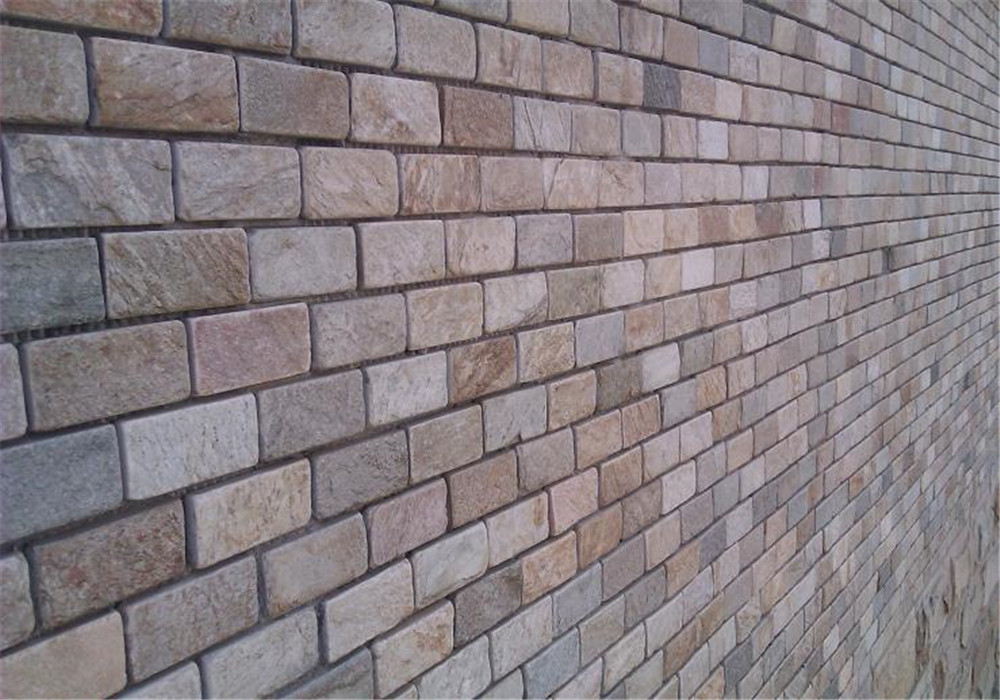Introduction
In recent years, homeowners have increasingly turned to cultured stone backsplashes to add a touch of elegance and sophistication to their kitchens. Cultured stone, also known as manufactured stone, offers a versatile and durable alternative to natural stone for a variety of applications, including backsplashes. In this comprehensive guide, we will explore the benefits of using cultured stone for your kitchen backsplash, discuss the various design options available, and provide tips on installation and maintenance.
Benefits of Cultured Stone Backsplashes
Cultured stone backsplashes offer a number of advantages over natural stone and other traditional materials. One of the key benefits is cost-effectiveness. Cultured stone is typically more affordable than natural stone, making it a budget-friendly option for homeowners looking to upgrade their kitchen without breaking the bank. Additionally, cultured stone is easy to work with and can be cut to size, making it ideal for backsplash installations of all shapes and sizes.
Another advantage of cultured stone backsplashes is their durability. Manufactured stone is resistant to heat, moisture, and staining, making it a practical choice for the kitchen environment where spills and splashes are common. Cultured stone is also low-maintenance and easy to clean, requiring only periodic wiping with a damp cloth to keep it looking its best.
Design Options
When it comes to design options, cultured stone backsplashes offer a wide range of possibilities to suit any style or aesthetic preference. Ledge stone for energy-efficient homes is available in a variety of colors, textures, and patterns, allowing homeowners to create a custom look that complements their kitchen decor. Whether you prefer a sleek modern design or a rustic farmhouse style, there is a cultured stone option to match your vision.
One popular design choice for cultured stone backsplashes is a stacked stone pattern. This style features stones of varying sizes and shapes stacked together to create a textured, three-dimensional effect. Stacked stone backsplashes can add a touch of natural beauty to your kitchen and create a focal point that draws the eye.
Another design option for cultured stone backsplashes is a brick pattern. This classic style mimics the look of traditional brick walls and adds a timeless charm to any kitchen. Brick-patterned cultured stone backsplashes are versatile and can work well in both modern and traditional kitchen designs.
For homeowners seeking a more contemporary look, a smooth, polished cultured stone backsplash may be the perfect choice. This sleek style offers a clean, minimalist aesthetic that complements modern kitchen designs and provides a sophisticated backdrop for stainless steel appliances and sleek cabinetry.
Installation Tips
Installing a cultured stone backsplash is a manageable DIY project for homeowners with some basic home improvement skills. However, if you are not comfortable with DIY projects, it is advisable to hire a professional installer to ensure a flawless result. Here are some tips to help you successfully install a cultured stone backsplash in your kitchen:
1. Prepare the surface: Before installing the cultured stone, make sure the wall surface is clean, dry, and free of any debris or grease. If necessary, sand down rough spots and fill in any holes or cracks with spackling compound.
2. Measure and cut the stones: Use a tape measure to determine the dimensions of your backsplash area and mark the measurements on the wall. Cut the cultured stone tiles to size using a wet saw or tile cutter, following the manufacturer's instructions.
3. Apply adhesive: Use a high-quality adhesive recommended for cultured stone installations to attach the stones to the wall. Apply the adhesive to the back of each stone tile and press it firmly onto the wall, starting from the bottom and working your way up.
4. Grout the tiles: Once all the stones are in place, fill in the gaps between them with grout using a grout float. Wipe away any excess grout with a damp sponge and allow the grout to dry according to the manufacturer's instructions.
5. Seal the grout: To protect the grout from stains and moisture, apply a grout sealer using a small brush or roller. Allow the sealer to dry completely before using the backsplash.
Maintenance Tips
Caring for a cultured stone backsplash is relatively easy and requires minimal effort to keep it looking beautiful for years to come. Here are some maintenance tips to help you preserve the beauty and longevity of your cultured stone backsplash:
1. Regular cleaning: To keep your cultured stone backsplash looking its best, wipe it down regularly with a damp cloth or sponge to remove any dirt, grease, or food splatters. Avoid using harsh chemicals or abrasive cleaners that can damage the stone surface.
2. Avoid harsh impacts: Cultured stone is durable but can still be damaged by heavy impacts or sharp objects. Be careful when handling pots, pans, and utensils near the backsplash to prevent chipping or scratching the stones.

3. Seal the stone: Depending on the type of cultured stone you choose, it may benefit from periodic sealing to protect the surface from stains and moisture. Follow the manufacturer's recommendations for sealing your specific type of cultured stone.
4. Address stains promptly: If you notice any stains or discoloration on your cultured stone backsplash, address them promptly to prevent them from setting in. Use a gentle stone cleaner and a soft brush to remove stains, being careful not to scrub too hard and damage the stone.
Conclusion
A cultured stone backsplash is a versatile and stylish addition to any kitchen, offering a cost-effective and durable alternative to natural stone. With a wide range of design options available, homeowners can create a custom look that complements their kitchen decor and enhances the overall aesthetic of the space. By following the installation and maintenance tips outlined in this guide, you can enjoy the beauty and functionality of a cultured stone backsplash in your kitchen for years to come.
